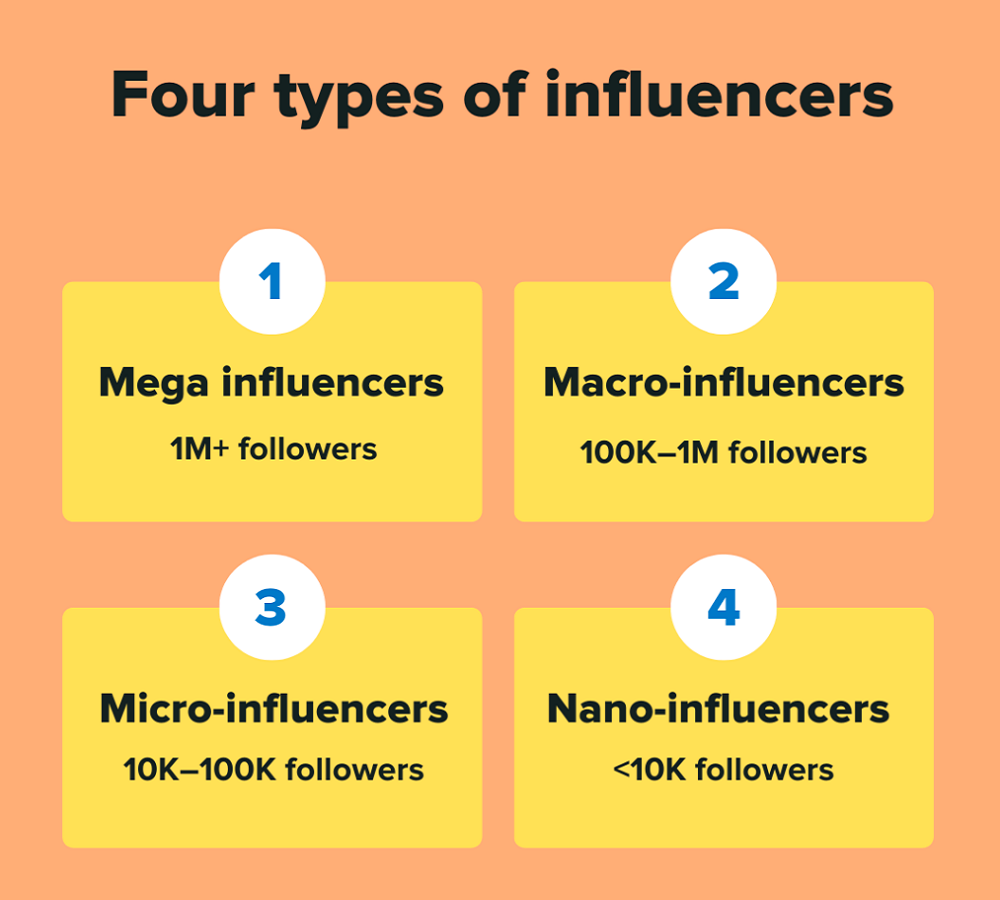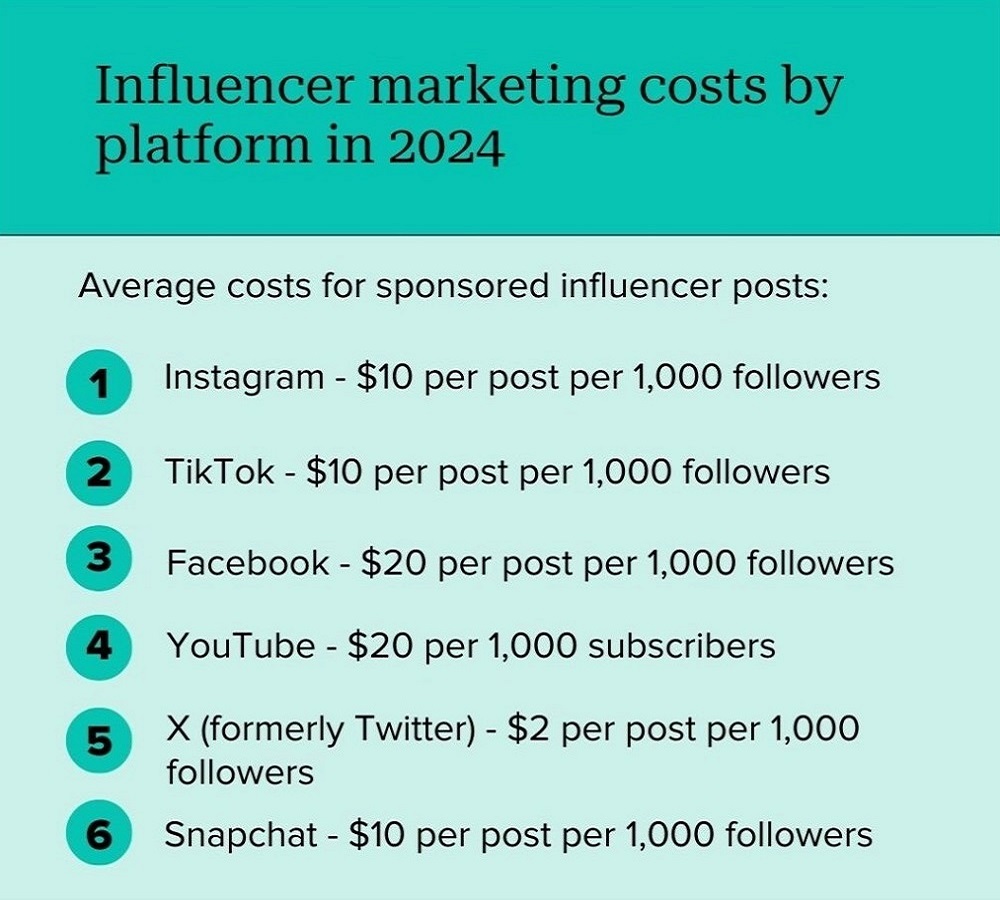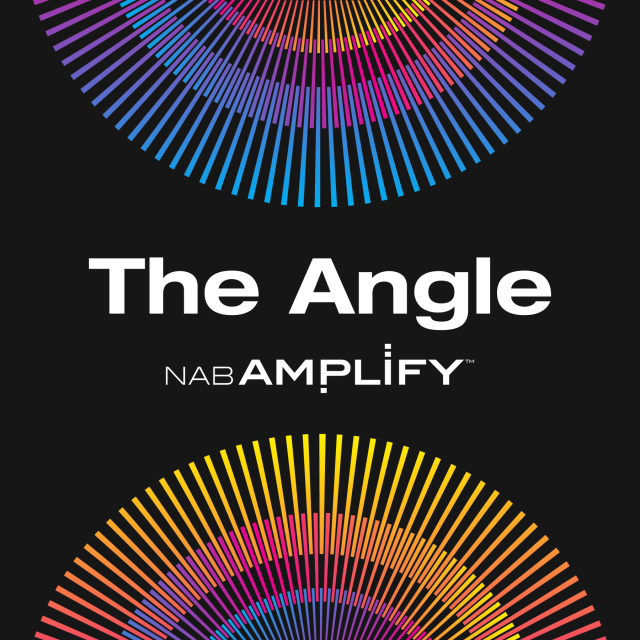
Picture this: A marketer spots the perfect influencer to elevate their brand’s presence. The influencer’s followers are highly engaged, their content resonates with the brand’s values, and everything seems aligned — except for one thing: navigating the pricing.
Digital marketing strategies today heavily rely on influencers to amplify brand messages. With 80% of marketers recognizing their value, according to Sprout Social’s most recent survey, the challenge lies in both decoding the complexities of influencer pricing and measuring ROI.
Fear not — breaking down the numbers and understanding the various partnership types can simplify this task. Here, we lay out out the essentials to help marketers and brands optimize their influencer marketing budgets and achieve impactful campaigns.

Influencers can significantly benefit businesses in various ways, Sprout Social notes. Firstly, they can drive sales, with nearly 49% of consumers making purchases monthly due to influencer posts.
Secondly, they provide valuable product insights, as about 62% of frequent buyers share feedback with influencers rather than directly with brands. Additionally, influencers help brands expand their reach to larger, more targeted audiences.
Trust in influencers is also on the rise, Sprout finds, with more than 30% of people trusting them more than they did six months ago.
Understanding the different types of influencer partnerships can help marketers choose the right strategy for their campaigns. Sponsored content typically involves an influencer posting photos, videos, or reels promoting a product, requiring collaboration to ensure brand alignment.
Affiliate marketing allows influencers to earn a commission on sales generated from their content, making this model budget-friendly and scalable. An influencer takeover, where influencers post content on the brand’s channels, offers a fresh perspective and engages followers directly. Competitions and giveaways, hosted by influencers, boost engagement and brand visibility.
Finally, brand ambassador programs involve long-term partnerships where influencers regularly promote a brand, similar to celebrity endorsements but often more cost-effective.

Influencer marketing costs vary by platform due to differences in audience demographics and content formats. On Instagram and TikTok, the cost is approximately $10 per post per 1,000 followers, ideal for creative photo and video campaigns. Facebook and YouTube are pricier, at $20 per post per 1,000 followers or subscribers, effective for targeting specific demographics and producing long-form content, respectively.
On Twitter (now known as X), the cost drops to $2 per post per 1,000 followers, making it cost-effective for text-based content. Snapchat also charges around $10 per post per 1,000 followers, suitable for quick, engaging video content.

Several factors affect influencer pricing. The size of the influencer plays a significant role, with nano-influencers (1,000-10,000 followers) typically charging less than mega-influencers (1M+ followers). The type and complexity of content also impact costs, with more complex or frequent content requiring higher fees.
Timelines can influence pricing, as time-sensitive or extended campaigns can increase costs. Exclusivity agreements, ensuring influencers don’t promote competitors’ products, also add to the fees.
Different pricing models, such as pay-per-post, pay-per-view, or pay-per-subscriber, offer various options for budgeting. The length of the campaign and posting across multiple channels can further drive up costs.
Budgeting for influencer marketing involves several steps. Sprout Social says marketers should start by defining their goals, identifying target audiences, and campaign objectives, such as brand awareness, sales, follower growth, lead generation, social proof, or user-generated content.
Finding the right influencer is crucial, and dedicated influencer marketing platforms can help align influencer choices with brand values. Offering mutual benefits, such as event invites, free merchandise, or promotion on brand channels, can refine the value proposition for influencers.
Calculating ROI is essential, and Sprout provides a formula to gauge potential returns: subtract the cost of investment from the total expected gain on investment. Then, divide this result by the cost of investment. Finally, multiply by 100% to express the ROI as a percentage.
Discussing all production costs upfront helps avoid unexpected expenses, and establishing a clear delivery schedule manages expectations and avoids delays. Tracking campaign metrics during and after the run helps evaluate success and inform future strategies.
Starting an affiliate program, where influencers are paid based on their performance, can control costs and maximize value. Continuously assessing and adjusting the influencer marketing strategy based on past performance ensures the budget remains effective over time.
The bottom line? Treat influencers with respect, maintain a clear budget, and focus on ROI to master influencer marketing.
READ MORE: Influencer pricing: how much influencers really cost (Sprout Social)

Why subscribe to The Angle?
Exclusive Insights: Get editorial roundups of the cutting-edge content that matters most.
Behind-the-Scenes Access: Peek behind the curtain with in-depth Q&As featuring industry experts and thought leaders.
Unparalleled Access: NAB Amplify is your digital hub for technology, trends, and insights unavailable anywhere else.
Join a community of professionals who are as passionate about the future of film, television, and digital storytelling as you are. Subscribe to The Angle today!


